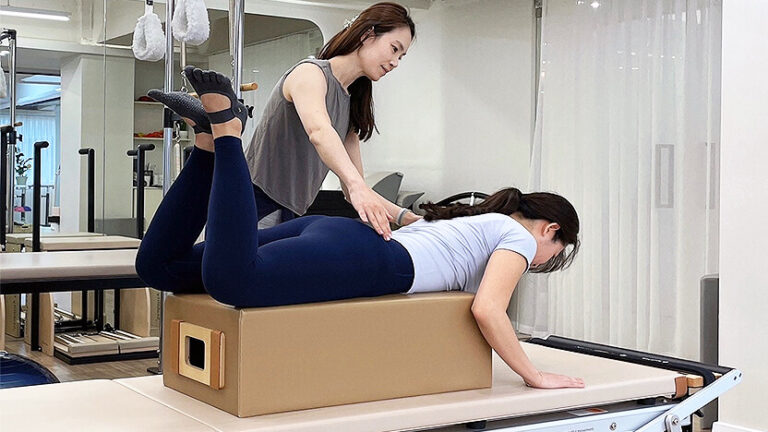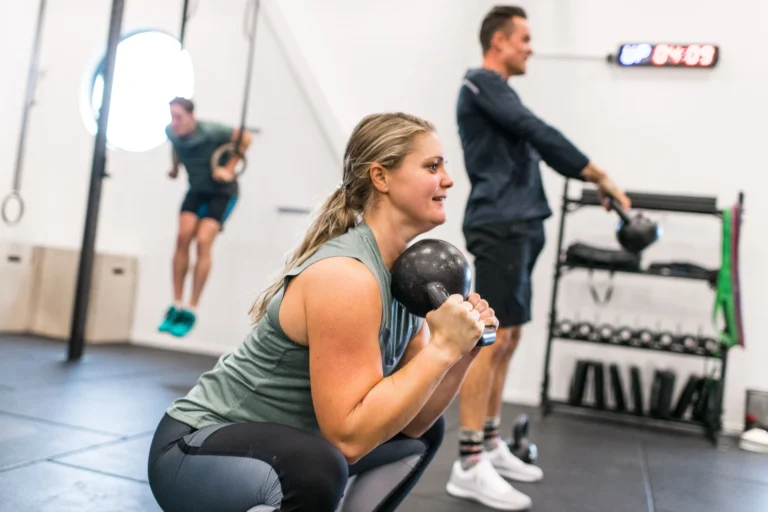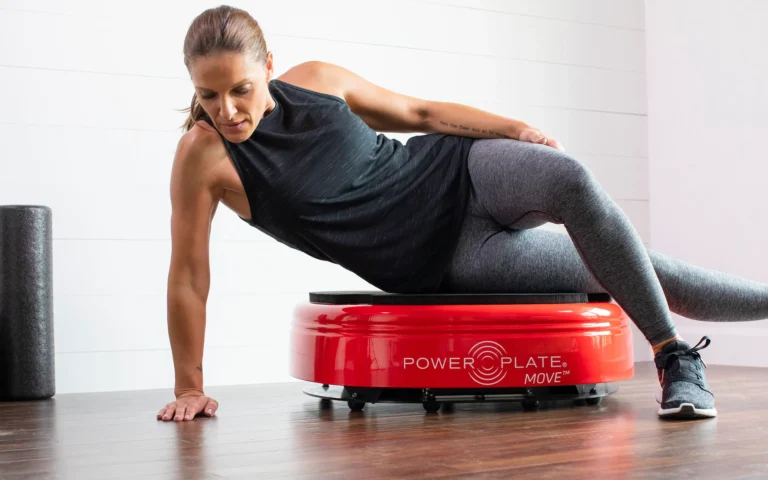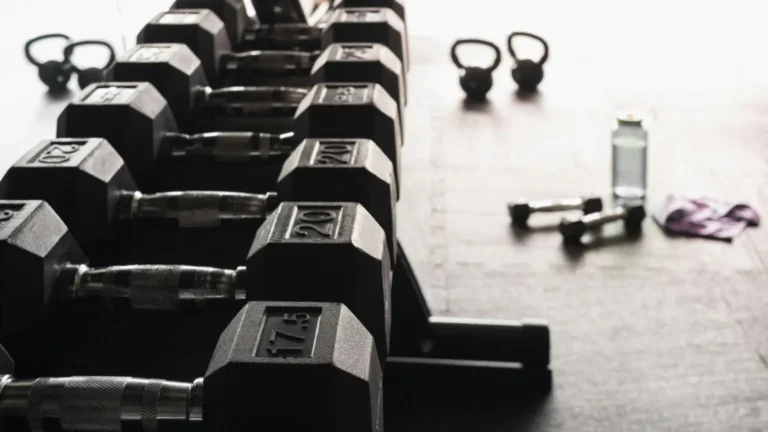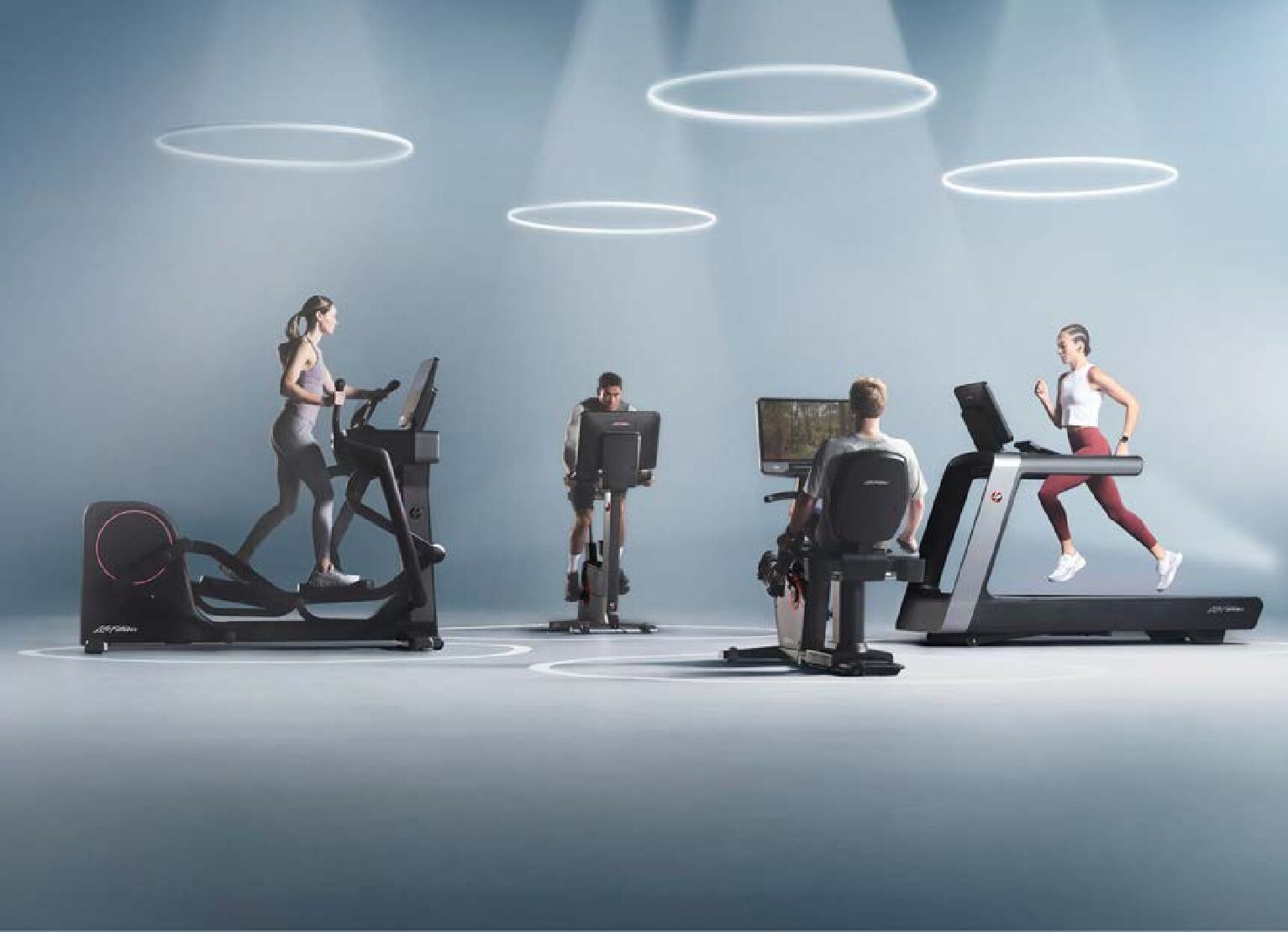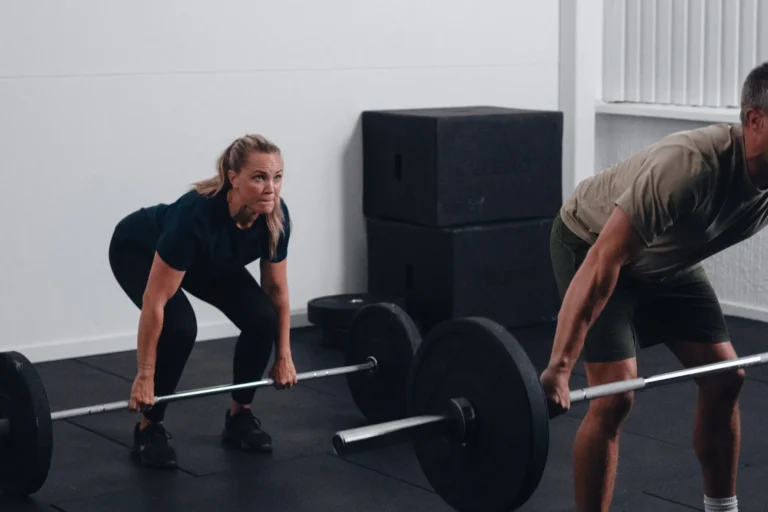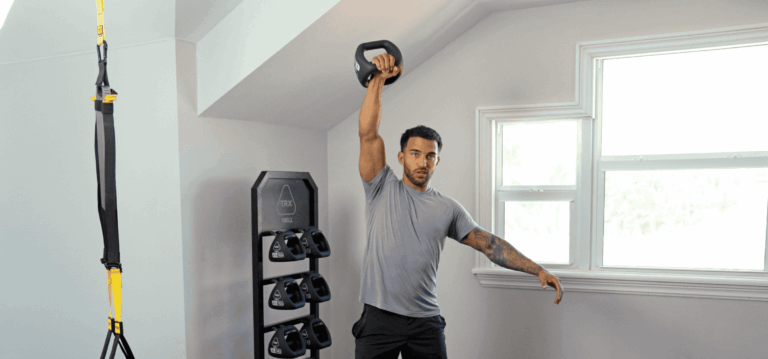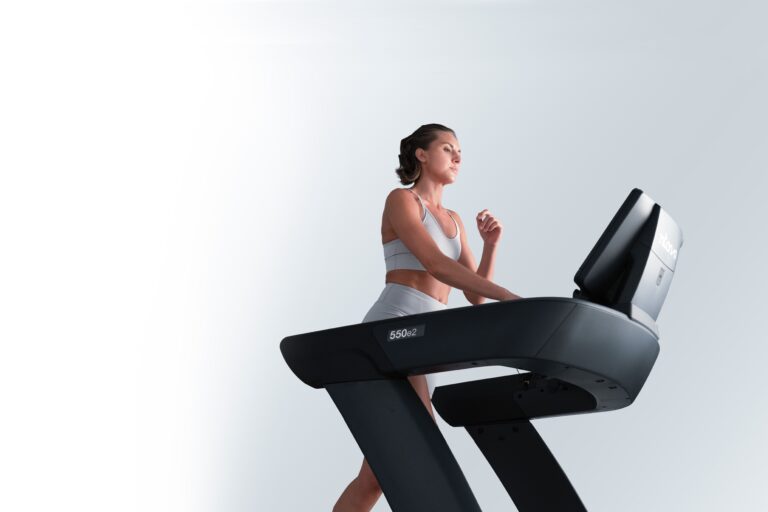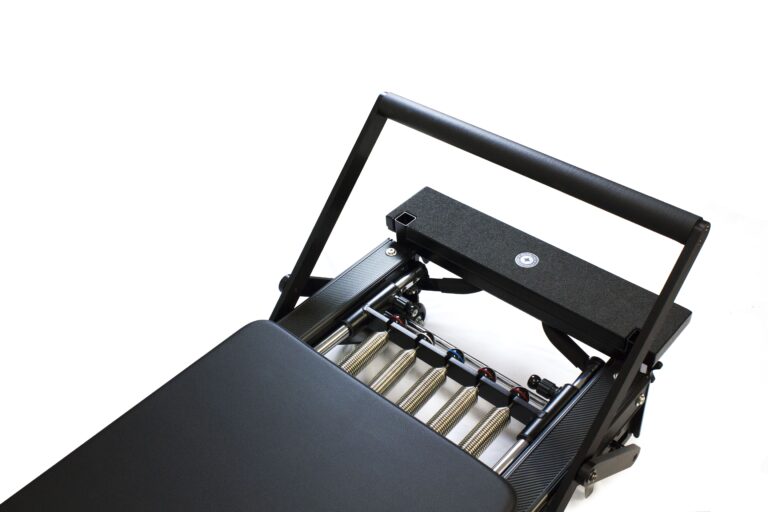The Rise of Strength Training
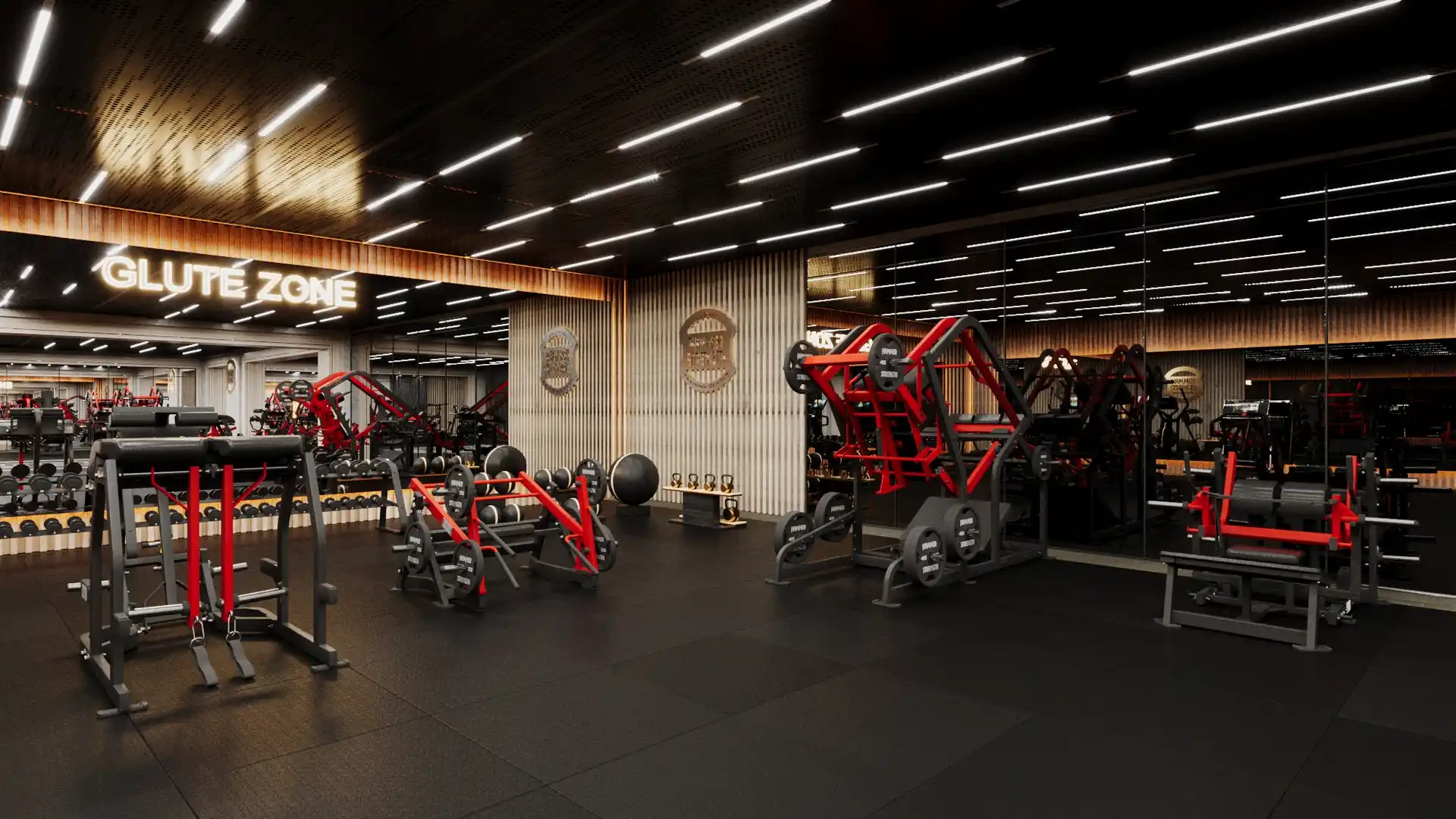
Unlocking Longevity and Health Through the Decades – By Ian Rushbury
As we move through 2025, dubbed “the year of strength training,” there’s a renewed focus on building resilience and longevity through targeted strength workouts. Following last year’s surge in popularity for Zone 2 cardio training, which emphasized endurance and heart health, this year is all about harnessing the power of strength training.
Whether your members are in their 20s or 70s, engaging in a well-rounded workout routine using a mix of pin-loaded machines, plate-loaded machines, cable configurations, and free weights can boost key health markers and help maintain independence, maximizing their time both in and out of the gym. It might be time to revamp, redesign, or reignite your strength offering to meet the growing demand for this popular training mode.
Strength Training Across the Decades
In Their 20s and 30s
During early adulthood, the body is at its peak. This is the ideal time for members to build a strong foundation by emphasizing free weights like barbells and dumbbells, which recruit major and minor muscle groups and promote coordination. Plate-loaded and pin-loaded machines help newcomers learn proper form and balance. Establishing a solid training base early in life leads to increased bone density and muscle mass, setting the stage for a lifetime of strength and resilience. Doubling up on popular cable crossovers and configurations can improve member flow at peak times, as younger members tend to focus on training volume with multiple sets.
In Their 40s and 50s
As metabolism slows, training patterns need to adapt. Full-body strength training with a focus on larger muscle groups is essential for exercisers in their 40s and 50s. For those with limited time, plate-loaded and cable machines offer efficient workouts and less moving around the gym, allowing for increased recovery time between exercises. Design suggestions include pairing machines of opposing muscle groups for time-efficient workouts or creating pods of 3-4 machines that work the same body part or major movements (push, pull, hinge, twist).
Cables provide constant tension, mimicking everyday movements like twisting, pressing, and pulling, saving time and enhancing functional strength. Incorporating a mix of cable movements and machine-based exercises maintains muscle mass, supports joint mobility, and promotes metabolic health. Consistent strength training improves health markers such as blood pressure, cholesterol levels, and insulin sensitivity, contributing to long-term wellness.
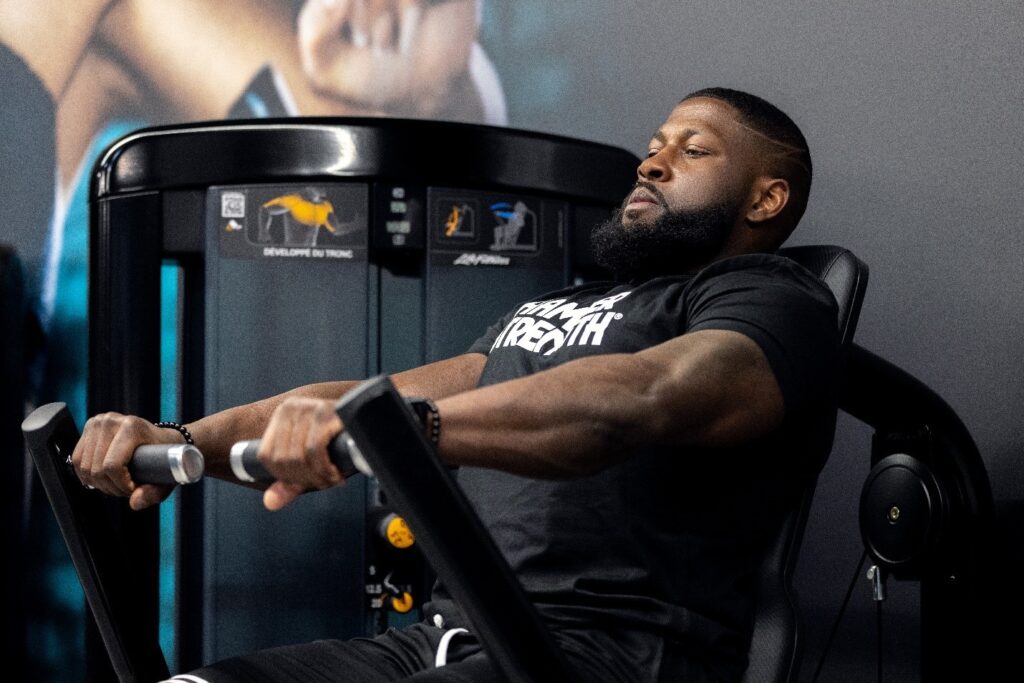
In Their 60s and Beyond
In later years, strength training becomes critical for preserving independence and reducing fall risk. Pin-loaded machines offer stability, adjustment ease and support during exercise, making them especially valuable for older adults. Bodyweight, resistance bands, and cable machines can also be used effectively to maintain muscle strength and flexibility. Even short sessions of targeted strength work can boost cognitive function, improve balance, and extend overall health span. Often, sessions for these members can be longer in duration, but also consider their rest periods to be longer, so a well-designed training space with multiple machines for legs, back and chest are a key consideration for facility owners.

The Power of Lower Body Training
Lower body training is the cornerstone of strength training, significantly impacting longevity and daily function. Operating at least a 2:1 ratio of lower body to upper body training routines and gym floor equipment choices will help operators stay ahead of this rising strength trend. Exercises like squats, lunges, leg presses, glute bridges, and step-ups build muscle, enhance core stability, and balance, reducing the risk of falls. Working large muscle groups in the lower body increases circulation, stimulates whole-body muscle growth, and boosts metabolic rate, leading to cardiovascular health improvements. Strong legs also contribute to better insulin sensitivity and reduced inflammation, both critical for long-term health.
Health Marker Improvements
Regular strength training has been well-researched and linked to improved health markers. Consistent exercise can lower blood pressure, reduce LDL cholesterol, and boost HDL cholesterol levels. It also helps manage blood sugar levels, reducing the risk of type 2 diabetes. Additionally, strength training can decrease body fat and improve muscle-to-fat ratios, important for metabolic health. These benefits extend beyond the physical, as strength training reduces stress and improves mental well-being, contributing to overall quality of life for your members.
Crafting a 40-70 Minute Workout for All Decades
Your facility’s trainers can promote well-structured workouts lasting between 40 and 70 minutes, effective for building strength and enhancing health. Here are some strategies to maximize members’ routines:
- Warm-Up (5-10 minutes): Begin with dynamic stretches and light cardio to increase blood flow and prepare muscles for exercise.
- Compound Movements (20-30 minutes): Focus on multi-joint exercises like squats, deadlifts, presses, and rows, which work several muscle groups simultaneously, boosting efficiency and calorie burn.
- Accessory Work (10-20 minutes): Incorporate smaller muscle group exercises using cables or free weights, targeting legs with exercises like leg curls, calf raises, or glute bridges to enhance lower body strength and stability.
- Cool-Down (5-10 minutes): End with foam rolling, yoga movements, stretching, and light mobility work to aid recovery and reduce muscle soreness.
By tailoring workouts within this time frame, members can address all major muscle groups while ensuring they have enough time for both intense training and proper recovery. Adjusting intensity, volume, and rest intervals according to age and fitness level will optimize benefits and keep them on track toward long-term health gains.
Make 2025 Your Strongest Year
Midyear drop-off is real—many have already quit their strength goals. Help your members recommit and push through the slump. The rise of strength training is a testament to its versatility and profound impact on health across every age decade. Whether they are building a robust foundation in their youth, countering age-related strength declines in midlife, or preserving independence in their later years, incorporating a variety of strength training methods including leg exercises will most certainly lead to improved health markers and a longer healthier life.
Source: https://www.lifefitness.com/en-us/customer-support/education-hub/blog/rise-strength-training
